A long time in the making, Glaxon has a new multivitamin and mineral complex, and they're doing it the Glaxon way. To kick off 2023, their new multivitamin complex brings the following features:
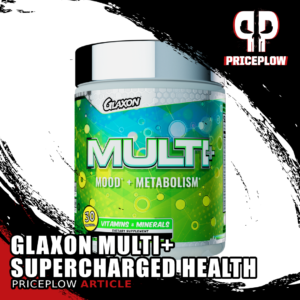
Glaxon has formulated a new multivitamin supplement in a very Glaxon way. It's powered by additional MitoBurn L-BAIBA, SAMe, and boron -- three things we don't see in multivitamins but can be beneficial for everyone.
- 2 Capsules per serving
- High-quality B-complex with P5P as Vitamin B2 and methylated versions of B12 and B9 (folate)
- Chelated minerals, including 25% daily value magnesium for magnesium glycinate
- MitoBurn L-BAIBA for metabolic support
- SAMe for mood and liver support
- Boron for hormonal / vitamin D support
- No mega-dosing - vitamins are at 100% daily recommended value
A multivitamin that supports metabolism and mood!
This is definitely the first time we've seen MitoBurn in a multivitamin, but it makes sense since everyone can benefit from it. It's available in Glaxon Thermal, a stimulant-free weight loss support powder, but not everyone is in "diet mode", and L-BAIBA supports far more than weight loss, so this is a very useful addition for the rest of us.
We're also excited to see SAMe inside -- this sulfur- and methyl-donating molecule has a lot of research supporting mood, and after recently diving into it, we wondered why more sports nutrition companies don't have it somewhere in their arsenal. Glaxon already has Serenity for stress and mood support, it actually makes more sense in a daily product for everyone.
Anchoring a powerful health stack
Before this, Glaxon has had their Super Greens, which is boosted by the Super Shroom blend, and will stack very well with the new Multi. Note that Super Shroom is also a separate product that's recently been upgraded with MitoPrime L-ergothioneine, another fascinating, protective molecule.
Between all of these products, we have one phenomenal health stack that can be bolstered in so many other ways. This rounds out a really creative platform for the brand.
So let's dig into some of the ingredients in the new Glaxon Multi + Mood + Metabolism after checking on PricePlow's coupon-powered prices and availability:
Glaxon Multi+ Mood +Metabolism – Deals and Price Drop Alerts
Get Price Alerts
No spam, no scams.
Disclosure: PricePlow relies on pricing from stores with which we have a business relationship. We work hard to keep pricing current, but you may find a better offer.
Posts are sponsored in part by the retailers and/or brands listed on this page.
This area is reserved for Team PricePlow's upcoming videos.
Subscribe to our channel and sign up for notifications so you catch it when it goes live!
Glaxon Multi + Mood + Metabolism Ingredients
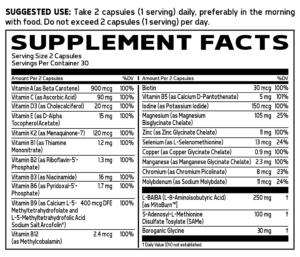
-
L-BAIBA (L-β-Aminoisobutyric Acid) [as MitoBurn] - 250 mg
MitoBurn is a novel dietary supplement ingredient consisting of the non-protein amino acid L-BAIBA. It's known as the "exercise molecule", because it's a myokine (muscle messenger) that is sent when the body starts experiencing physical activity. It's a metabolite of the branched-chain amino acid, L-valine,[1] and alerts the rest of the body that exercise is happening,[2] so start up the exercise-related "programs" like fat oxidation and bone preservation!
We have two great articles written about it for you to learn more:
-
S-Adenosyl-L-Methionine Disulfate Tosylate (SAMe) - 100 mg
Putting the word "mood" in Glaxon's Multi + Mood + Metabolism, SAMe (S-Adenosyl-L-Methionine Disulfate Tosylate, sometimes SAM-e) is a metabolite of methionine normally synthesized from methionine and ATP.
SAMe boosts glutathione production and function,[4,5] leading to liver and brain benefits.[4-8]
But more importantly, it's a methyl donor[9] that's great for mood![10-14]
-
Bororganic Glycine - 30 mg
The third and final of our "bonus" novel ingredients is bororganic glycine, a glycine-bound form of the mineral boron.
Boron is important because it enhances utilization of vitamin D,[15] which we often prefer to call "hormone D". Given the importance of this hormone, it can lead to many downstream benefits, including other hormonal ones such as testosterone support.
One of our favorite articles to cite.[15] Boron is possibly the vitamin D booster we've really been looking for.
To back that statement up, a small study published in 2011 showed that boron could significantly increase free testosterone levels while reducing estrogen in healthy men![16]
Boron: the key to better vitamin D function?!
How does it work? Boron can actually lengthen vitamin vitamin D's half-life and improve magnesium absorption.[15] Its suggested that it does this by suppressing the activity of the enzyme that breaks down vitamin D, 24-hydroxylase.[17]
It's purported that this then increases calcitriol -- the most active vitamin D metabolite -- inside the cell.[15]
Because of this effect, many are beginning to suggest that rather than mega-dose vitamin D, we should instead supplement more boron and reduce vitamin D's competitors (for instance, overwhelming amounts of vitamin A are antagonistic to vitamin D[18]). Food for thought that we'll be exploring more in the future.
Until then, we're very glad Glaxon included boron here -- especially another chelated version bound to glycine -- since it often goes ignored in lieu of more and more vitamin D.
With those concluded, you can now take a look at the rest of the Glaxon Multi+ label:
-
Vitamin A (as Beta Carotene) - 900 mcg (100% DV)
-
Vitamin C (as Ascorbic Acid) - 90 mg (100% DV)
-
Vitamin D3 (as Cholecalciferol) - 20 mcg / 800 IU (100% DV)
-
Vitamin E (as D-Alpha Tocopherol Acetate) - 15 mg (100% DV)
-
Vitamin K2 (as Menaquinone-7) - 120 mcg (100% DV)
-
Vitamin B1 (as Thiamine Mononitrate) - 1.2 mg (100% DV)
-
Vitamin B2 (as Riboflavin-5'-Phosphate) - 1.3 mg (100%DV)
-
Vitamin B3 (as Niacinamide) - 16 mg (100% DV)
-
Vitamin B6 (as Pyridoxal-5'-Phosphate) - 1.7mg (100% DV)
-
Vitamin B9 (as Calcium L-5-Methyltetrahydrofolate and L-5-Methyltetrahydrofolic Acid Sodium Salt Arcofolin) - 400 mcg DFE (100% DV)
-
Vitamin B12 (as Methylcobalamin) - 2.4 mcg (100% DV)
-
Biotin - 30 mcg (100% DV)
-
Vitamin B5 (as Calcium D-Pantothenate) - 5 mg (101% DV)
-
Iodine (as Potassium Iodide) - 150 mcg (100% DV)
-
Magnesium (as Magnesium Bisglycinate Chelate) - 105 mg (25% DV)
-
Zinc (as Zinc Glycinate Chelate) - 11 mg (100% DV)
-
Selenium (as L-Selenomethionine) - 13 mcg (24% DV)
-
Copper (as Copper Glycinate Chelate) - 0.9 mg (100% DV)
-
Manganese (as Manganese Glycinate Chelate) - 2.3 mg (100% DV)
-
Chromium (as Chromium Picolinate) - 8 mcg (23% DV)
-
Molybdenum (as Sodium Molybdate) - 11 mcg (24% DV)
Dosage and Directions
Take two capsules per day, preferably in the morning with food. This will help you cover your bases, get your metabolism fired up, provide methylation support, and protect your "hormone D" levels.
Conclusion: Glaxon Multi+ makes another splash
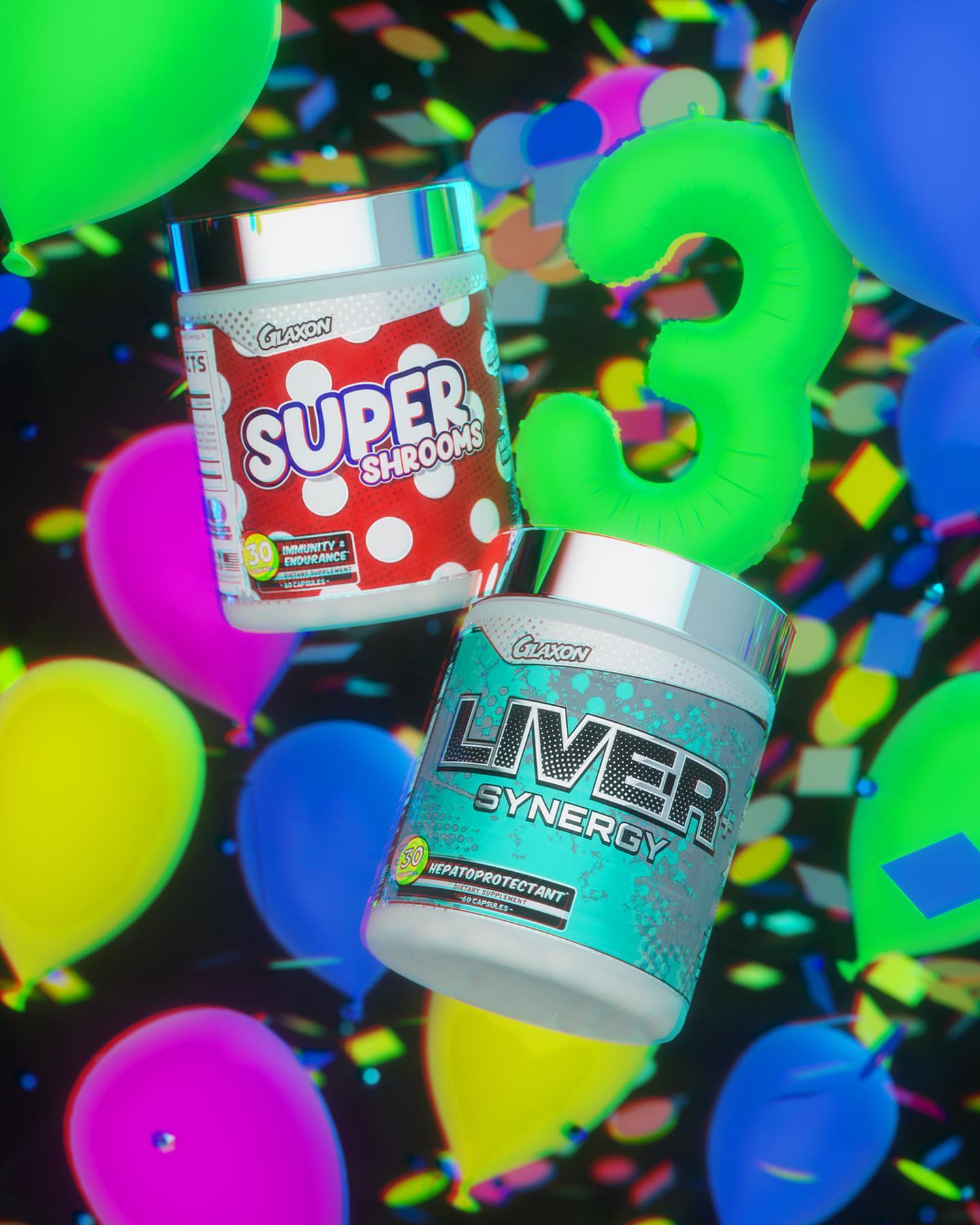
Stay tuned, next we'll cover the updated Glaxon Super Shrooms, now enhanced with the epic immunity and energy protector, L-ergothioneine!
We love Super Greens and the recently-upgraded Super Shroom, but every major brand has to have a multivitamin. The biggest question is how Glaxon was going to... "Glaxonify" it.
MitoBurn is the big story here, but SAMe and boron deserve just as much excitement.
These are three ingredients that everyone can benefit from, but are often placed in specialty targeted formulas (MitoBurn in fat burners, SAMe in mood enhancers, and boron for testosterone support) -- but it should not be that way.
Adding chelated minerals (even if not 100% DV) to get things in the right direction and making it all fit in two easy capsules is another impressive feat. If you want mega-dosed ingredients, you'll have to look elsewhere, but if you are already a strong dieter just looking to cover bases if your diet has a gap or two, this is a great play.
Fantastic start to 2023 for Glaxon. Let's see what they drum up next -- you can subscribe to PricePlow's Glaxon news alerts below to stay tuned:
Glaxon Multi+ Mood +Metabolism – Deals and Price Drop Alerts
Get Price Alerts
No spam, no scams.
Disclosure: PricePlow relies on pricing from stores with which we have a business relationship. We work hard to keep pricing current, but you may find a better offer.
Posts are sponsored in part by the retailers and/or brands listed on this page.


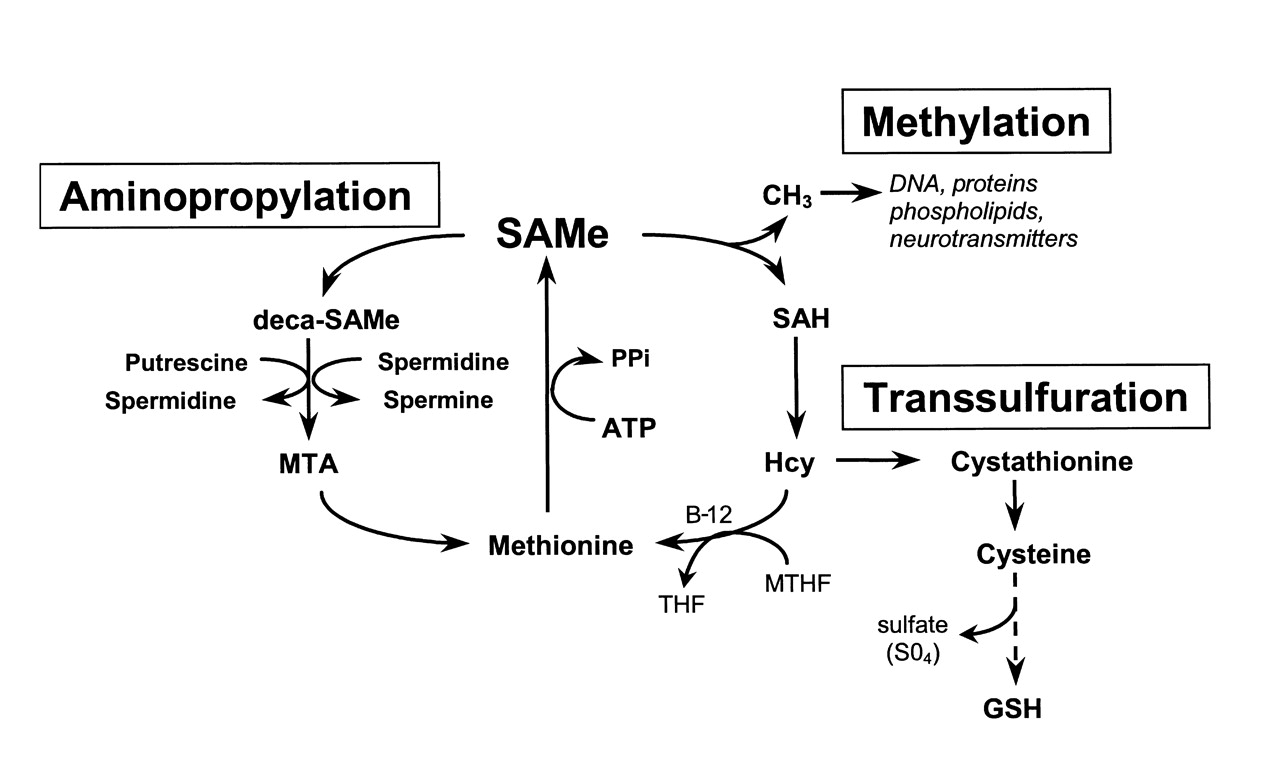
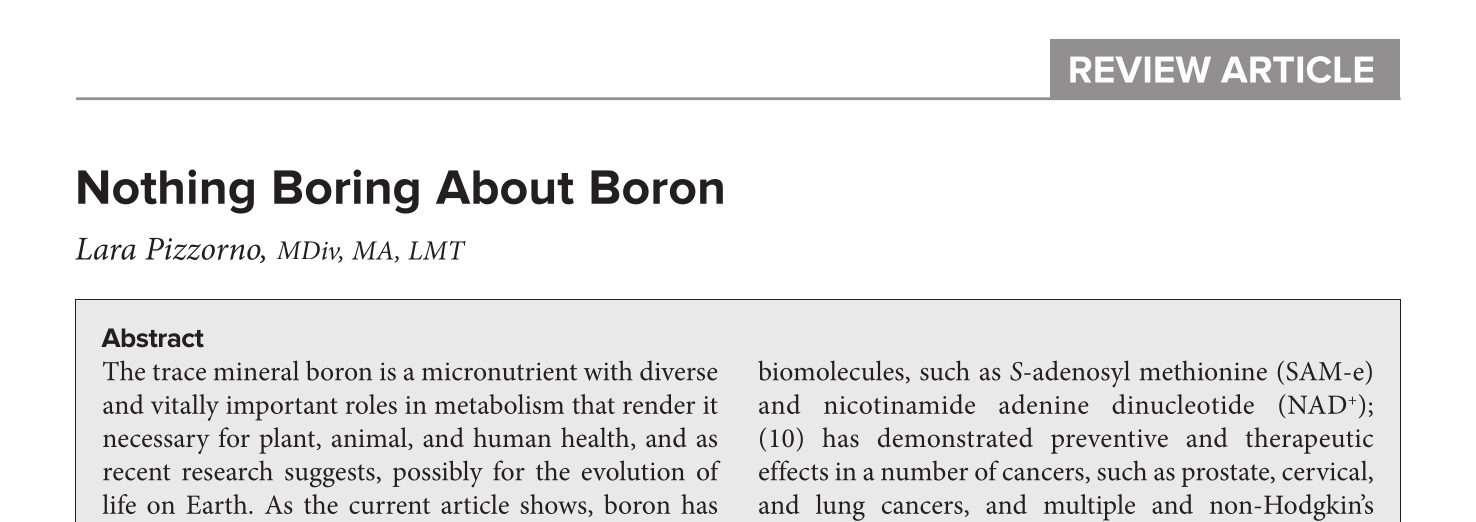
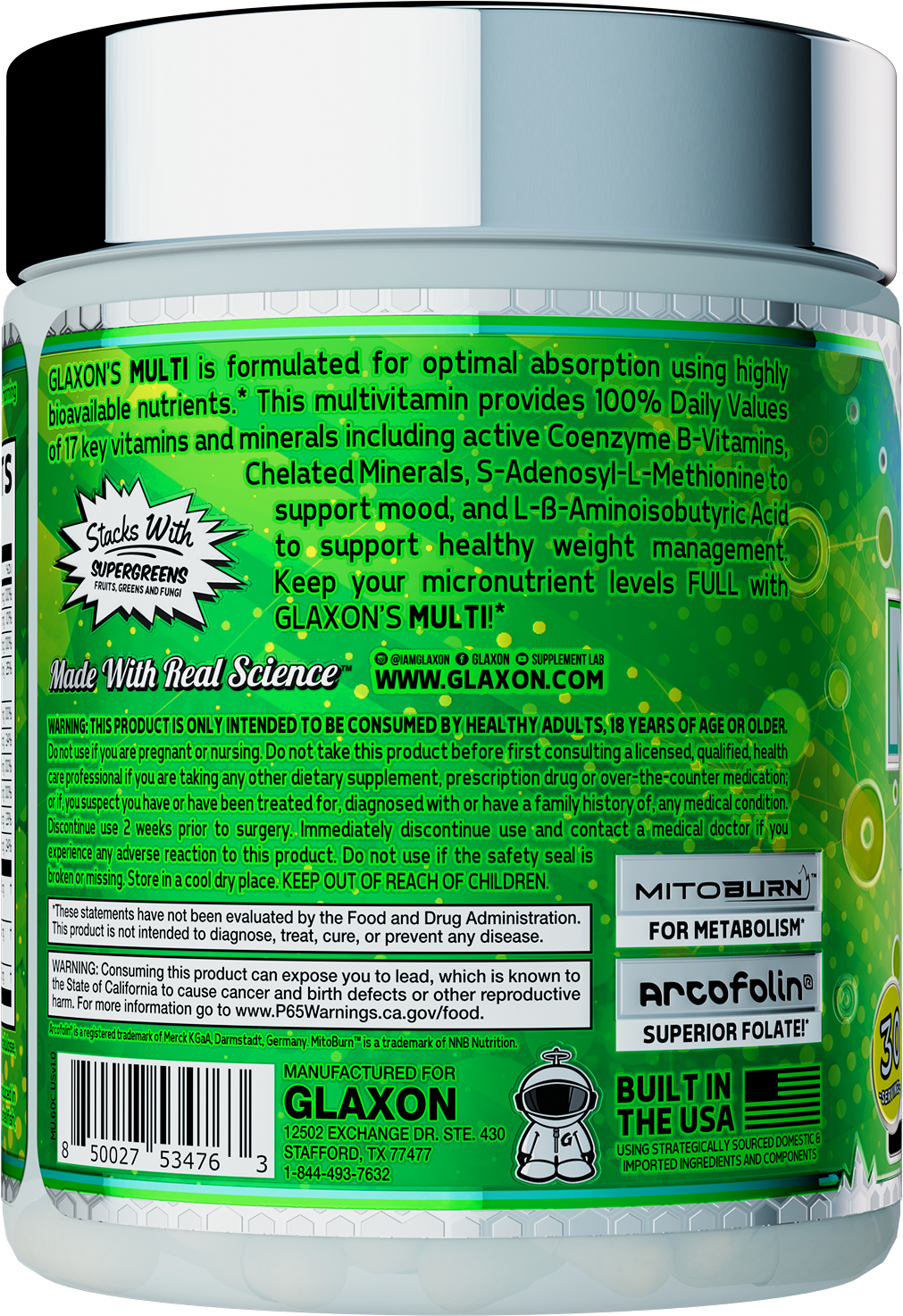
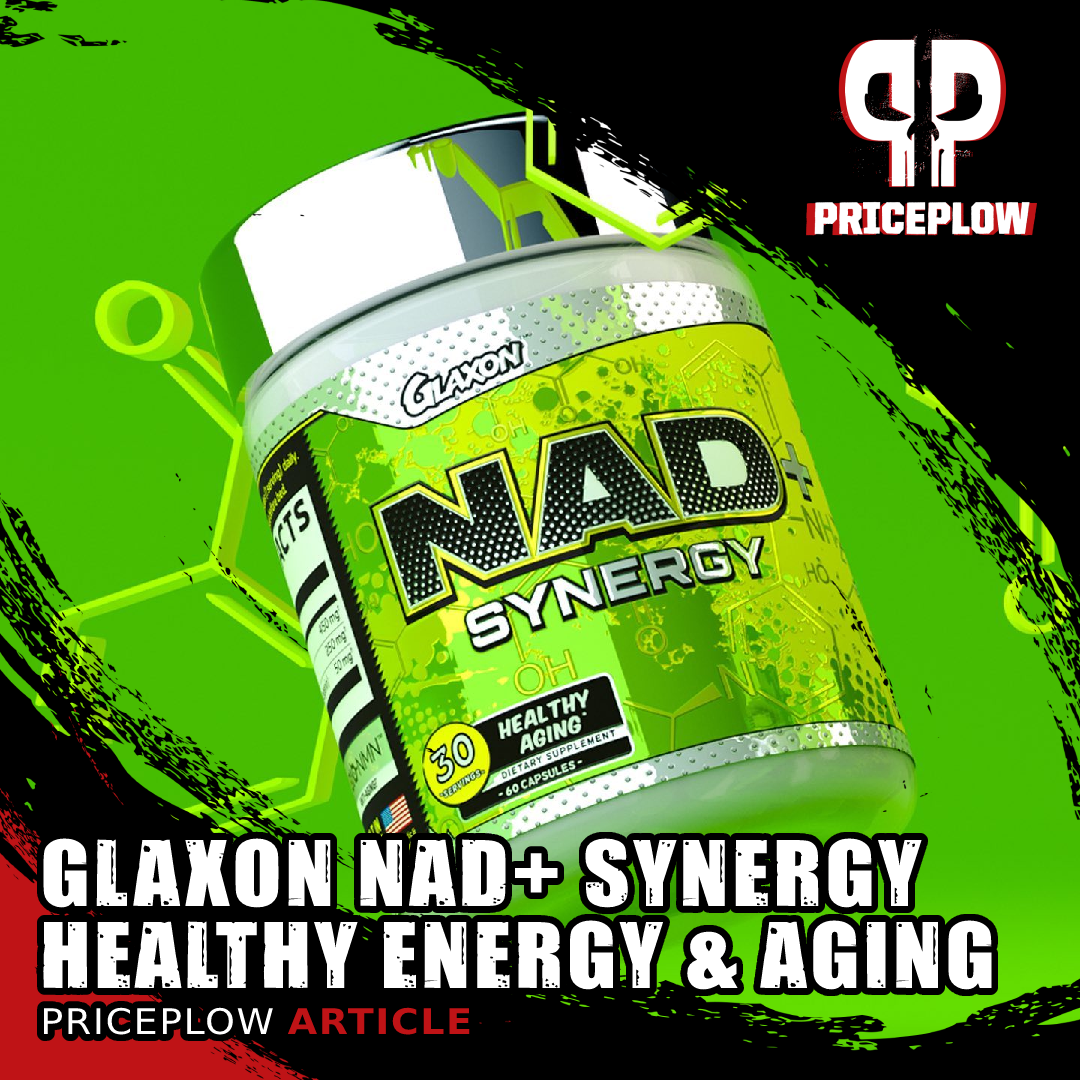


Comments and Discussion (Powered by the PricePlow Forum)